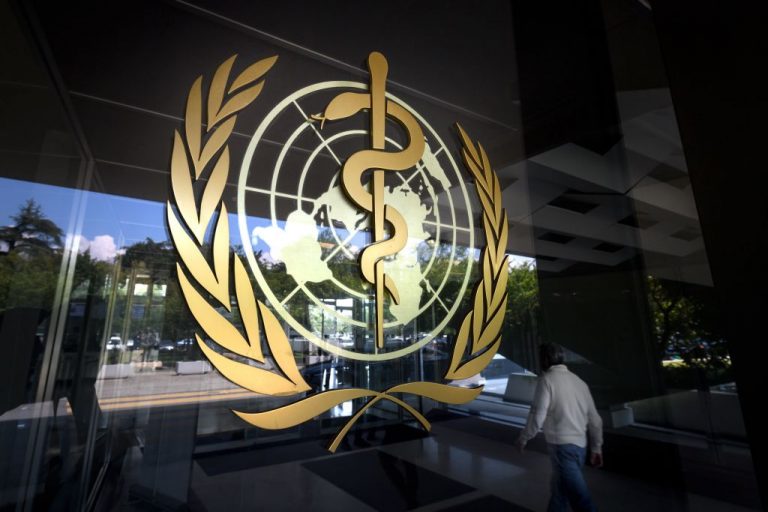The World Health Organization has voted to establish a new body that would become the central administrator of global pandemic measures, set to begin with the establishment of board members in March of 2022.
On Nov. 29, the WHO initiated a Special Session of the World Health Assembly (WHA), only the second since the organization was founded in 1948, for the purpose of creating a new framework that would bind member states in the creation of a new entity that will centrally distribute pandemic responses across the globe.
Supporting documents for the Special Session discussed the creation of a “New Instrument” that would be “legally binding” on WHO member states, using verbiage such as creating “structural solutions to promote a whole-of-government and whole-of-society approach to pandemic prevention, preparedness and response.”
The paper also emphasized “the need for national and global coordinated actions to address the misinformation, disinformation and stigmatization that undermine public health.”
The WHA demonstrated impeccable foresight when it arranged the Special Session for November during the Assembly’s annual meeting in May. The Omicron variant of SARS-CoV-2, the virus that causes Coronavirus Disease 2019 (COVID-19) was discovered in Botswana in four fully vaccinated diplomats from an undisclosed country on Nov. 11.
Success
You are now signed up for our newsletter
Success
Check your email to complete sign up
Botswana, which neighbors South Africa, notified the world on Nov. 24.
‘The World Together’
On Dec. 1 as the Special Session concluded, the WHO announced the Assembly had agreed to “kickstart a global process to draft and negotiate a convention, agreement or other international instrument under the Constitution of the World Health Organization to strengthen pandemic prevention, preparedness and response.”
The WHA titled its scheme “The World Together,” describing it as the creation of an “intergovernmental negotiating body (INB).”
In documents for The World Together plan, the WHA put weight on “the need for a comprehensive and coherent approach to strengthen the global health architecture.”
The resolution also solidified the Special Session’s prior globalist verbiage when it recognized “the commitment of Member States” to establish “a whole-of-government and whole-of-society approach” to pandemic response.
The WHA called on member states to self-regulate under a “principle of solidarity with all people and countries,” reminding members to “frame practical actions to deal with both causes and consequences of pandemics and other health emergencies.”
The INB will be open to all member states, associate members, and “regional economic integration organizations as appropriate,” and will conduct its first meeting in March of 2022 where two co-chairmen and six vice chairmen will be elected, in addition to hammering out terms on “working methods and timelines.”
A second meeting is scheduled to be held in August of 2022 where a draft of the INB’s operational methodology will be formally unveiled.
The document says the process of developing its draft framework should be “informed by evidence” and be guided by the directives of the Member States Working Group on Strengthening WHO Preparedness and Response to Health Emergencies.
According to the announcement, a complete The World Together plan is not scheduled to come into full force for several years. The INB has until the 76th World Health Assembly to provide “a progress report” and until the 77th to “submit its outcome for consideration.”
The WHA meets every May, with the last being the 74th incarnation.
The resolution also requests Director General Tedros Adhanom hold public hearings on the INB’s creation and development between the first and second meetings, in addition to “facilitating the participation” of “representatives of organizations of the United Nations system and other intergovernmental organizations with which WHO has established effective relations.”
Garnering support
Documents from the beginning of the Special Session noted that the WHA had recognized that any plan involving transforming the WHO into a truly centralized and global administrator of whole-of-society and whole-of-government pandemic responses would meet with difficulties unless the world’s largest players were on board.
A Nov. 28 Reuters article noted that while the European Union and 70 other member states were leading the charge to upgrade the WHO’s role in the globalist order, the coalition was met with the appearance of resistance from countries such as the United States, India, and Brazil.
For the United States, its position changed after The World Together plan was released. According to Dec. 1 reporting by Al Jazeera, the U.S. is now on board, saying in a statement, “This momentous step represents our collective responsibility to work together to advance health security and to make the global health system stronger and more responsive.”
Washington Post quoted White House Press Secretary Jen Psaki as saying the Biden administration was “committed to working with member states to take forward the recent recommendations of the working group on preparedness and response. That includes developing a new WHO convention, agreement or other international instrument and making agreements to improve the effectiveness and agility of international health regulations.”

















